Smart dustbin is one of those innovative ideas. The smart dustbin uses an ultrasonic sensor Hc-SR04 to detect objects in front, it then sends the signal to Arduino nano.
Arduino understand the signal and sends the signal and sends a signal to the Servomotor which opens the flap on top of the dustbin
COMPONENTS REQUIREMENT:
- Dustbin Model
- Arduino nano
- Ultrasonic Sensor
- SG90 Servo Motor
- Jumpers Wires
on off switch.
Creating a Smart Dustbin with Automatic Lid Control involves designing a dustbin that can detect the presence of waste and automatically open its lid for users to dispose of trash. This project combines sensor technology with automation to provide a convenient and hygienic waste disposal solution. Here’s an outline to guide you through the process:
-
Project Overview:
Introduce the Smart Dustbin with Automatic Lid Control Project, explaining its purpose of creating a dustbin that opens its lid automatically when waste is detected.
-
Dustbin Design and Components:
Detail the design of your smart dustbin and list the components needed:
- Dustbin Structure: Choose or build a suitable dustbin with a lid that can be automated.
- Proximity Sensor: Select a proximity or motion sensor to detect when someone approaches the dustbin.
- Microcontroller: Choose a microcontroller (Arduino, Raspberry Pi, etc.) to process sensor data and control the lid.
- Motor or Actuator: Include a motor or actuator to control the lid’s movement.
- Power Supply: Provide power sources for the microcontroller, motor, and other components.
- Wiring and Connectors: Include necessary wiring and connectors.
-
Hardware Assembly:
Explain how to assemble the hardware components:
- Dustbin Preparation: Modify or build the dustbin to accommodate the sensor and motor/actuator.
- Sensor Placement: Position the proximity sensor to detect users’ presence near the dustbin.
- Microcontroller Setup: Set up the microcontroller and connect it to the sensor and motor/actuator.
-
Sensor and Lid Control:
Discuss how the proximity sensor will trigger lid control:
- Sensor Calibration: Explain how to calibrate the sensor’s detection range and sensitivity.
- Lid Control Logic: Develop code to interpret sensor data and control the lid’s movement accordingly.
-
Software Development:
Explain the software aspect of your project:
- Sensor Interface: Develop code to interface with the proximity sensor and read its data.
- Control Logic: Implement logic to respond to sensor data and open/close the lid.
- Safety Measures: Add code to prevent accidental lid closure while users are disposing of trash.
-
Testing and Debugging:
Describe how to test and debug your Smart Dustbin with Automatic Lid Control:
- Sensor Testing: Verify that the proximity sensor detects users’ presence accurately.
- Lid Control Testing: Test the lid’s movement in response to sensor data.
-
Power Management:
Discuss power-saving mechanisms to optimize energy usage, such as putting the system in standby mode when not in use.
-
Aesthetic and Practical Considerations:
Address the aesthetic and practical aspects of your smart dustbin’s design, such as materials, user-friendly placement, and ease of maintenance.
-
Challenges and Solutions:
Address challenges like sensor accuracy, lid movement reliability, and power management, and provide solutions.
-
Demonstration:
Present a demonstration of your Smart Dustbin with Automatic Lid Control in action. Show how the lid opens when a user approaches.
-
Future Enhancements:
Suggest potential enhancements, such as integrating with a waste level sensor, adding voice control, or connecting to a smart home system.
-
Conclusion:
Summarize the project, emphasizing its benefits in terms of convenience and hygiene that a Smart Dustbin with Automatic Lid Control offers. By following this outline, you can create a Smart Dustbin that automates waste disposal and contributes to a cleaner and more convenient living environment.
To Learn More Visit our Website
For more information:-www.mifraelectronics.com
* Product Images are shown for illustrative purposes only and may differ from actual product.
Packages includes:-
- Completely ready project
- 1 x Smart Dustbin (Automatic Lid Control) Project.



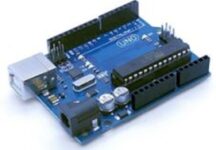

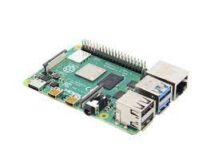
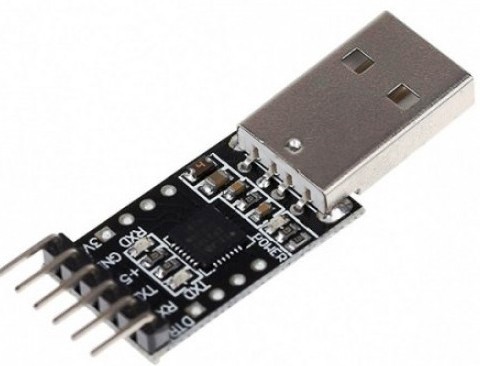
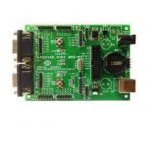
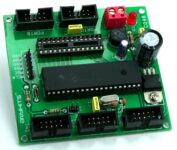
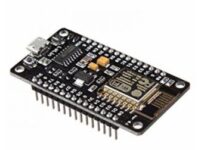
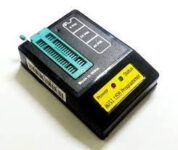
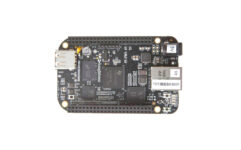
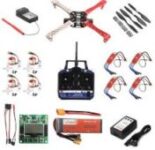
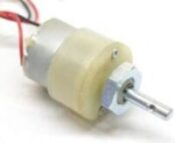

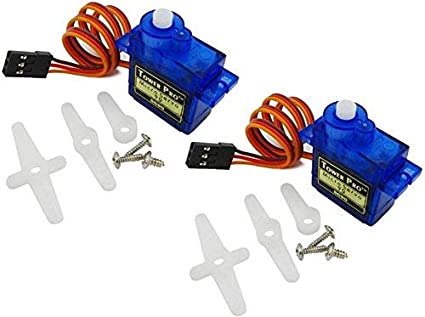
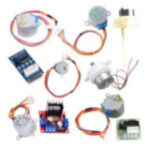
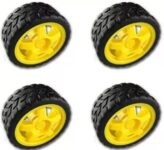
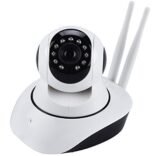
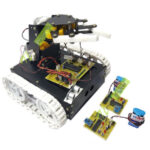
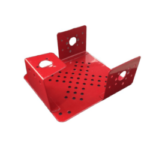

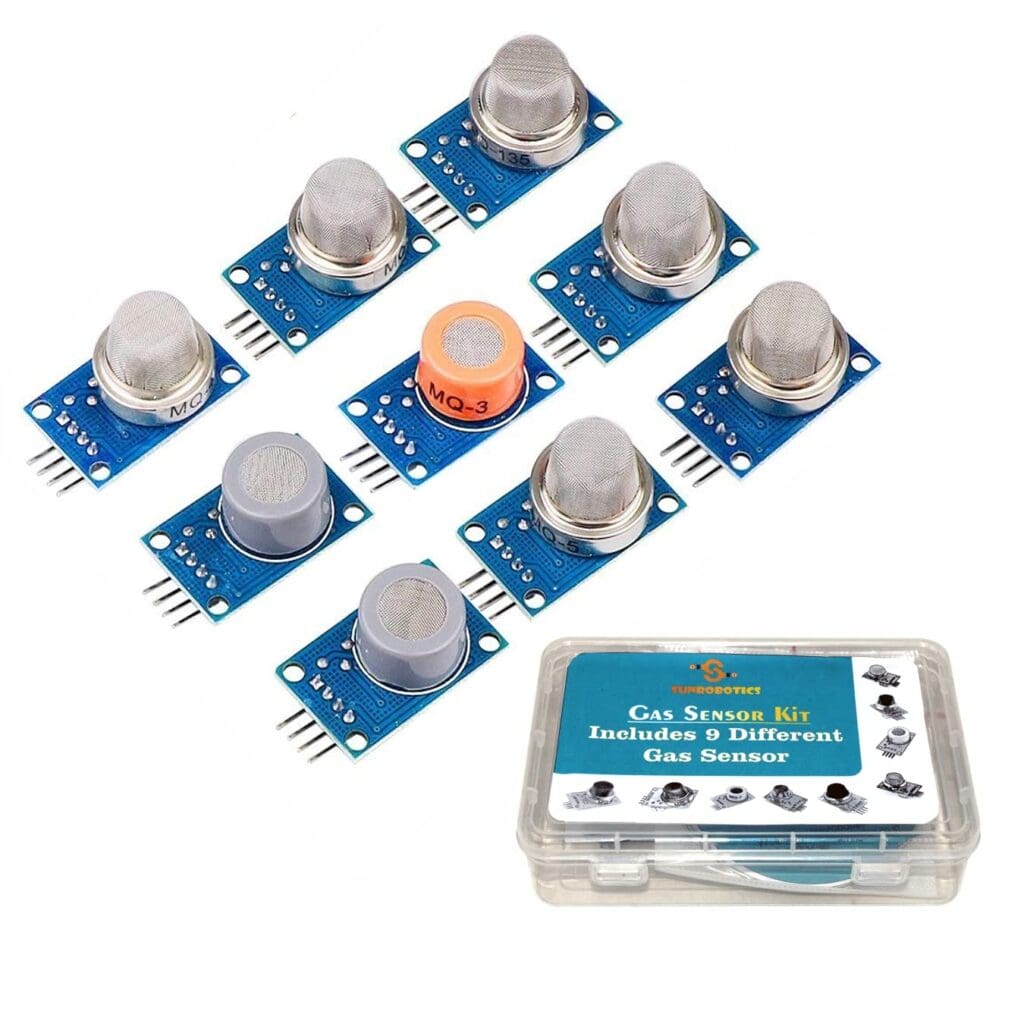
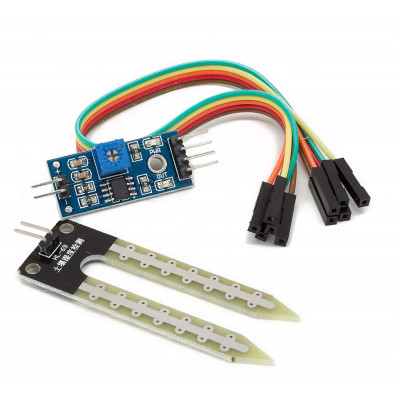
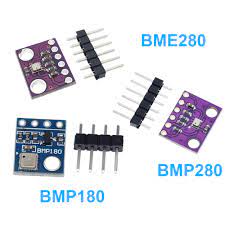
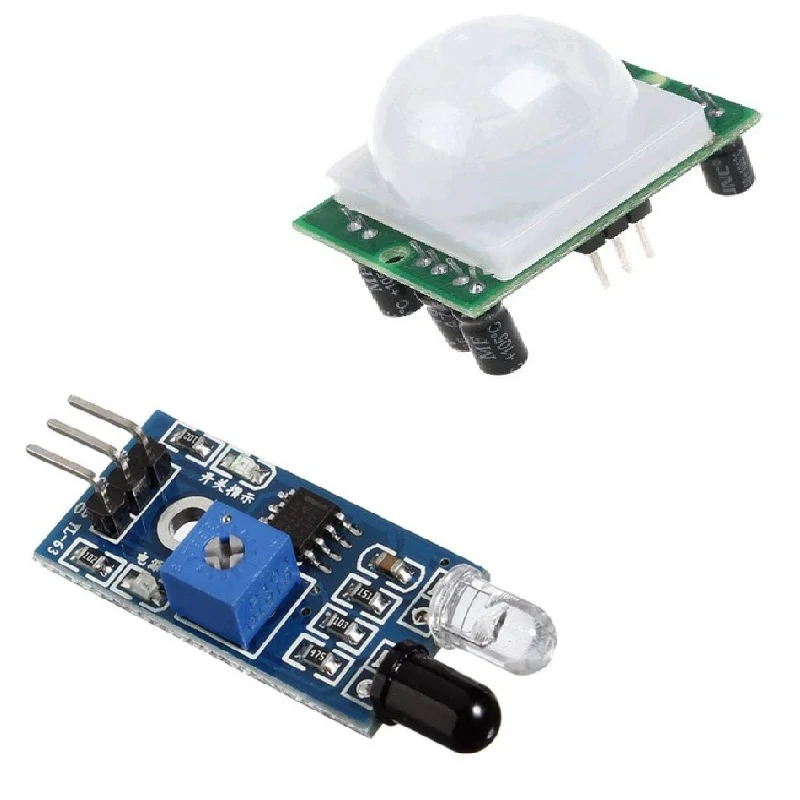


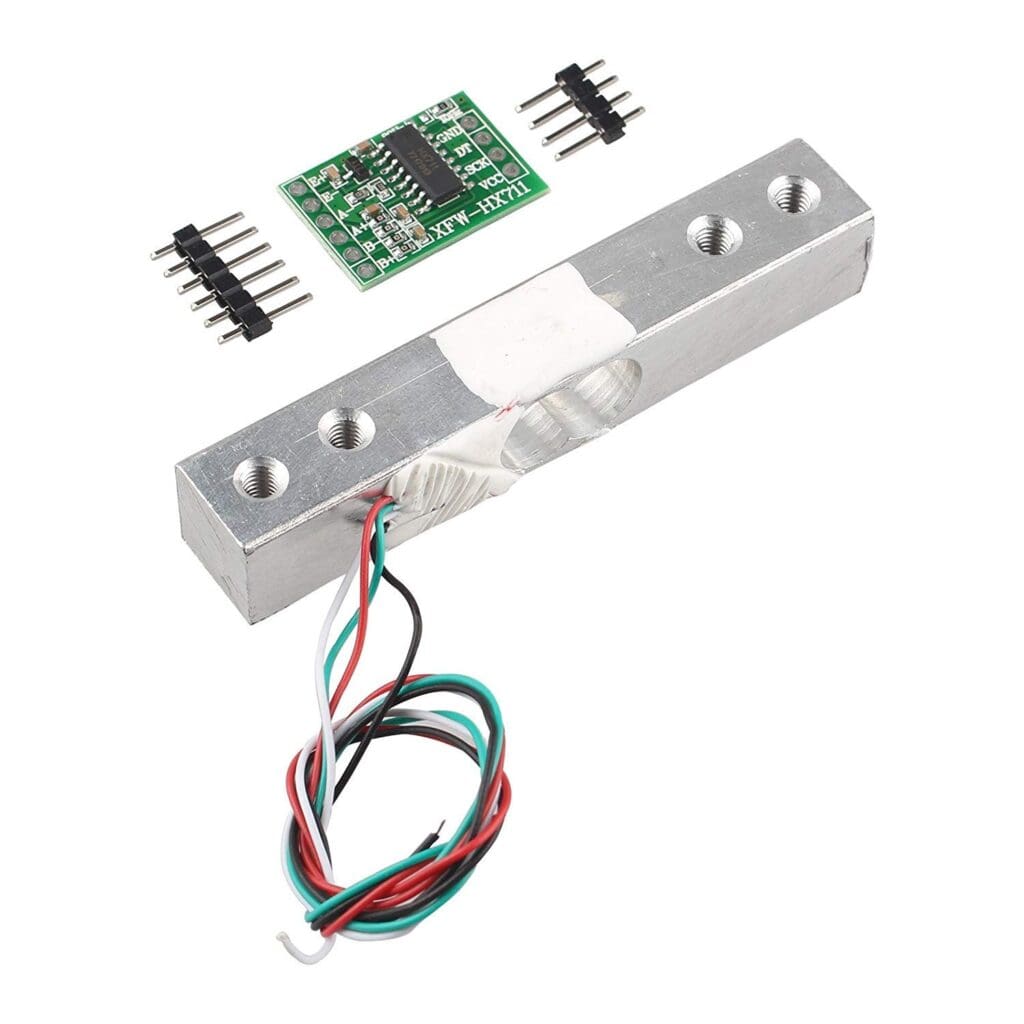

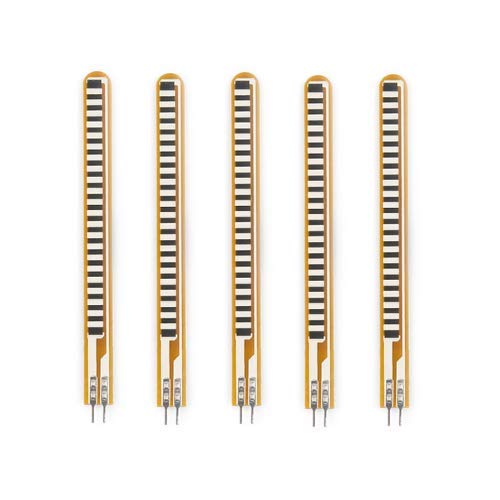

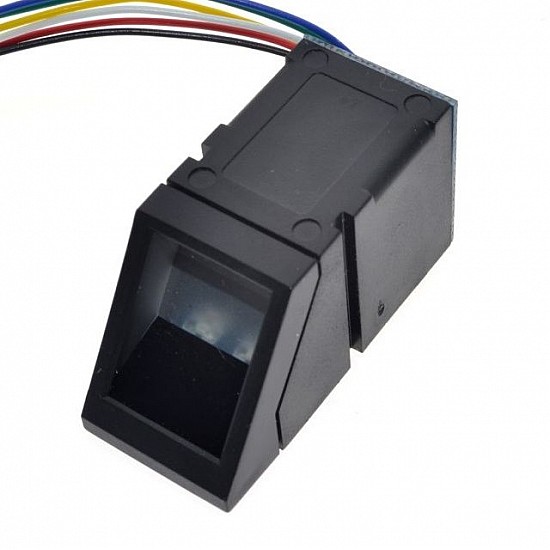
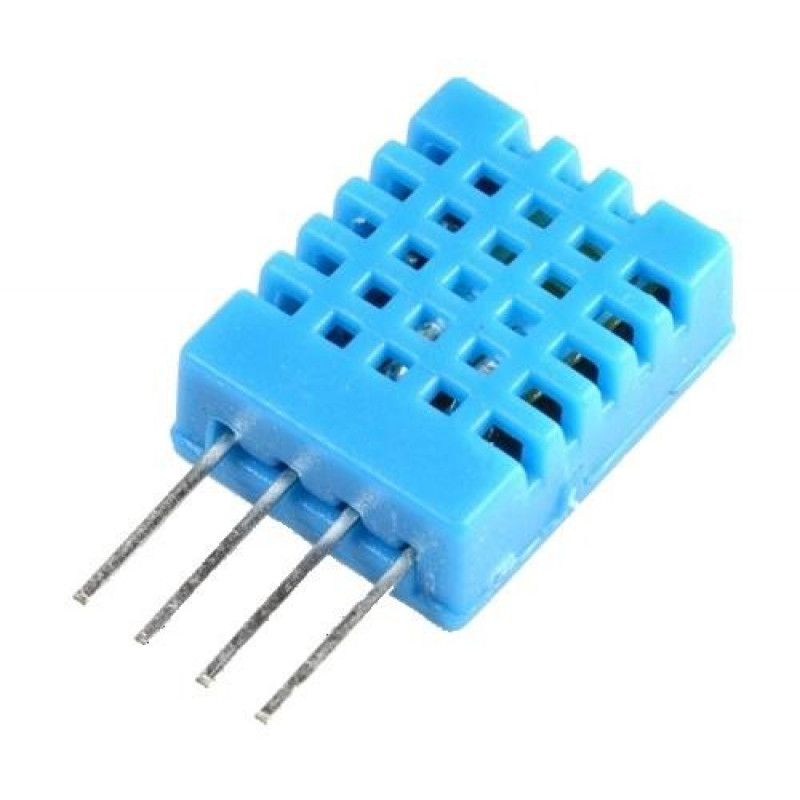

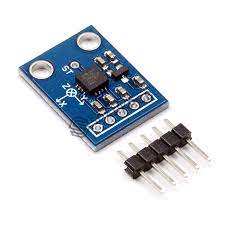
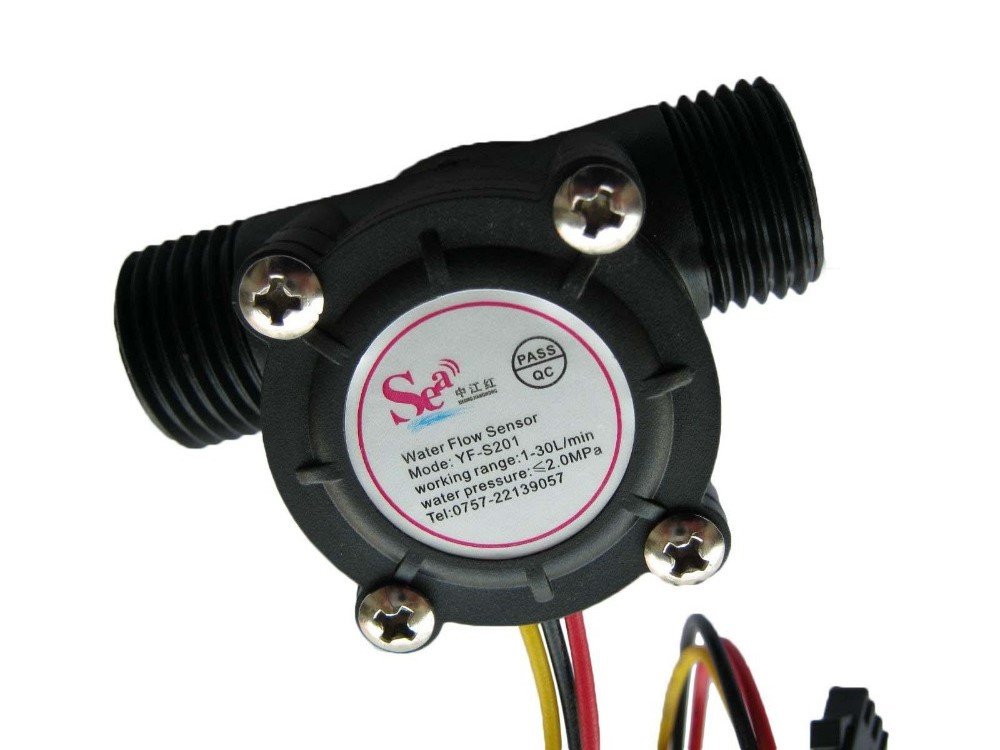
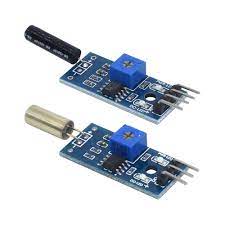
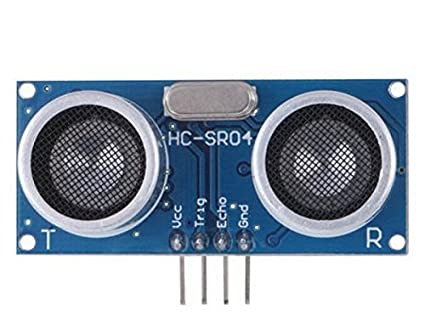

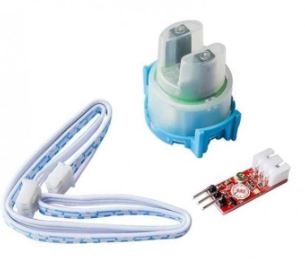

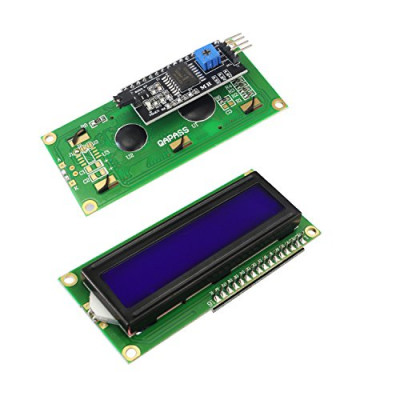
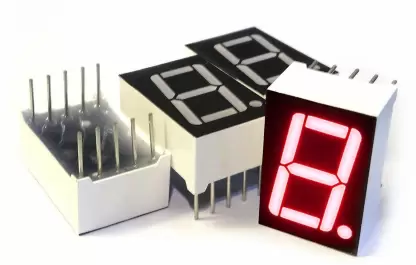
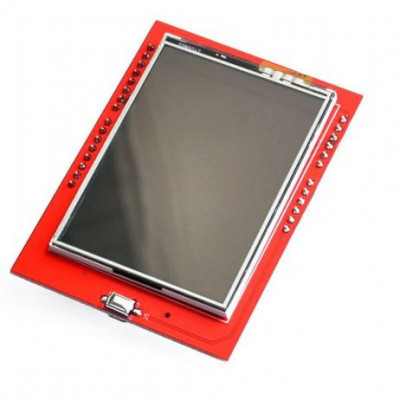
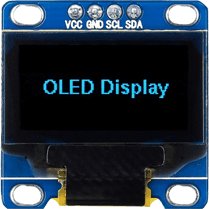

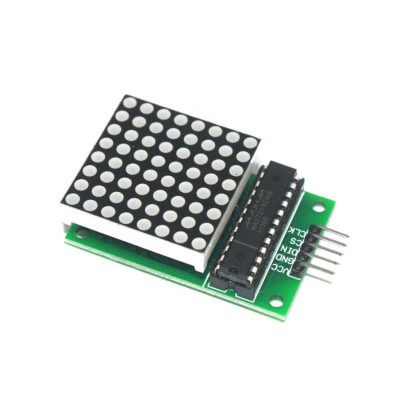
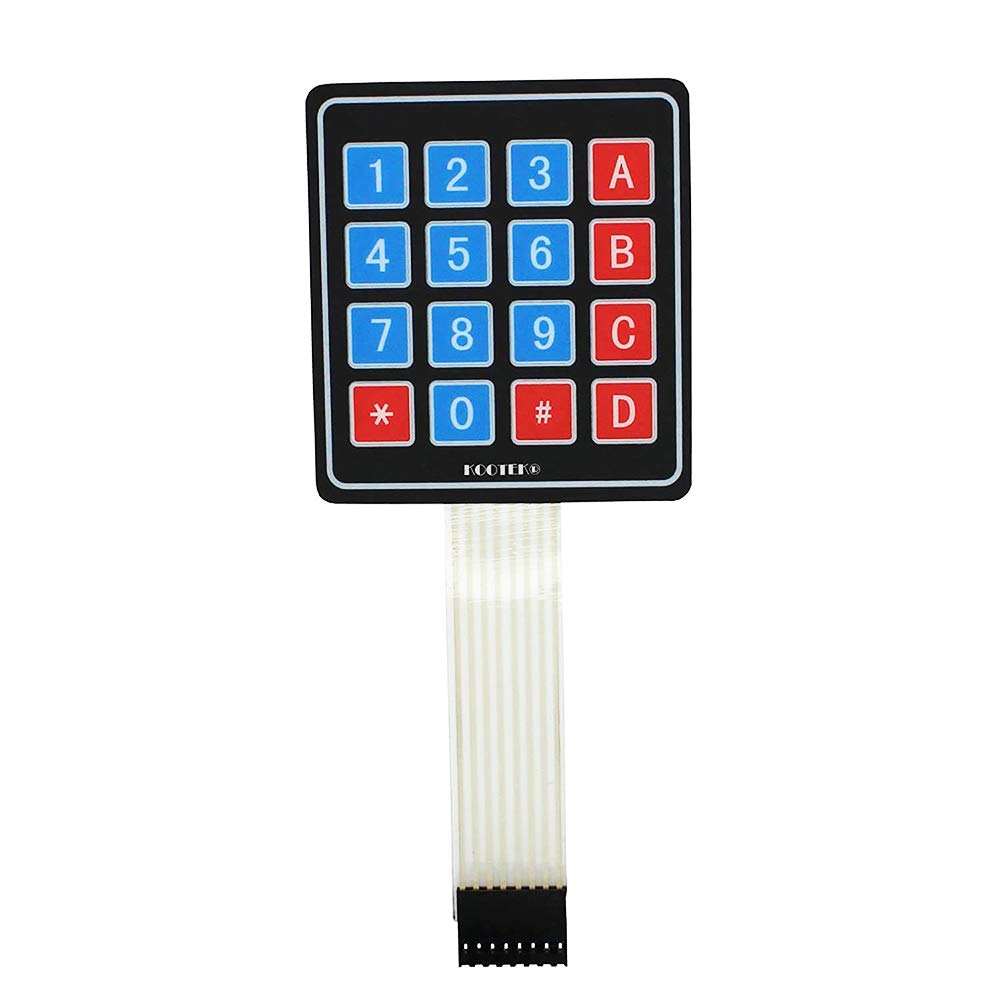
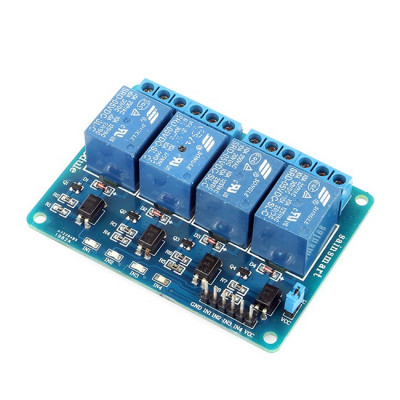
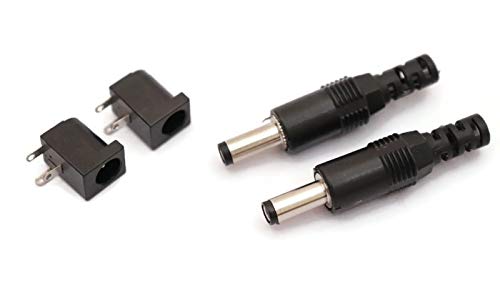

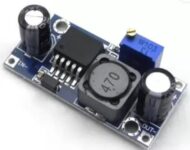
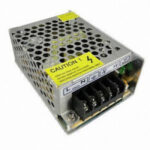

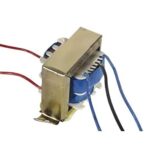

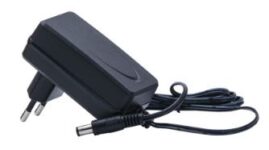
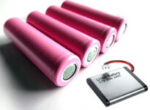
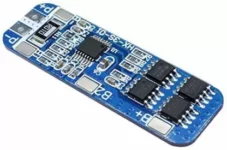
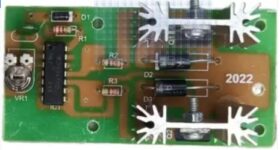
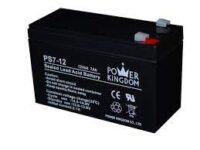

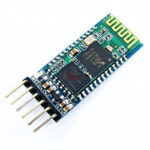
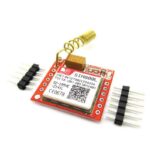
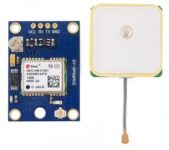
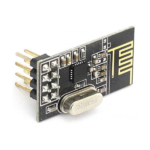
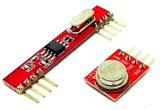
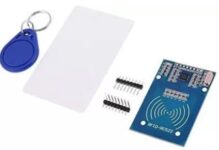
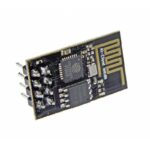
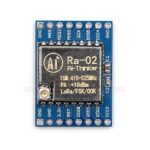
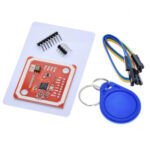
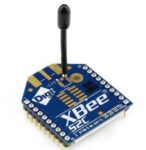
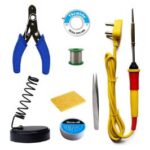
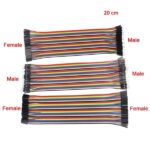



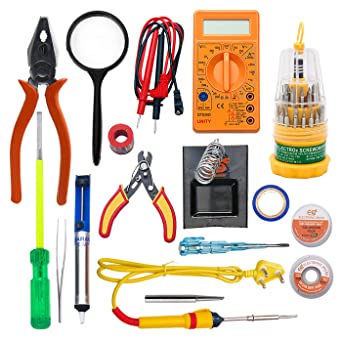


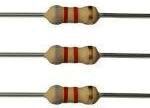
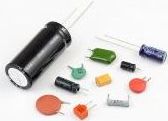
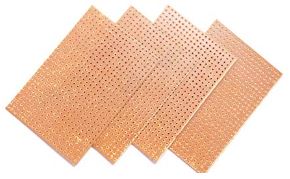

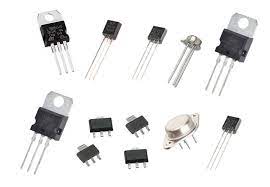
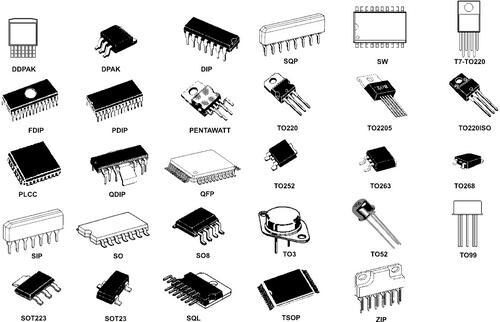
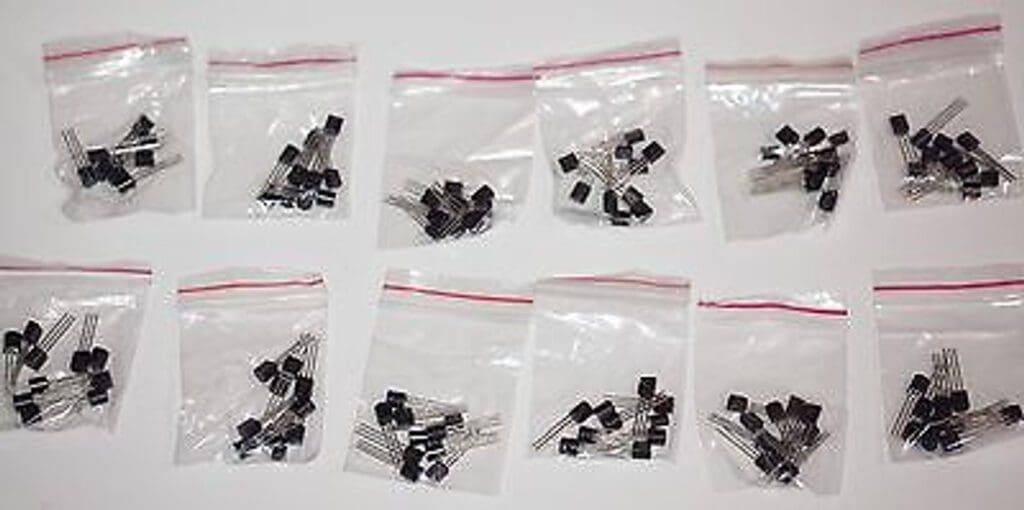
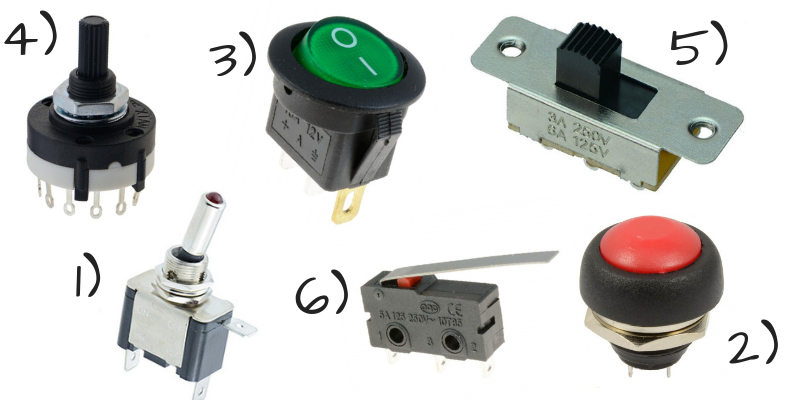
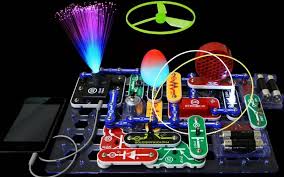


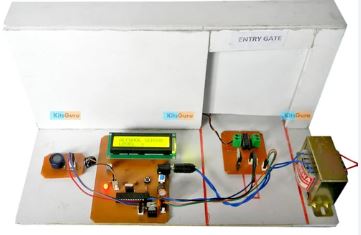

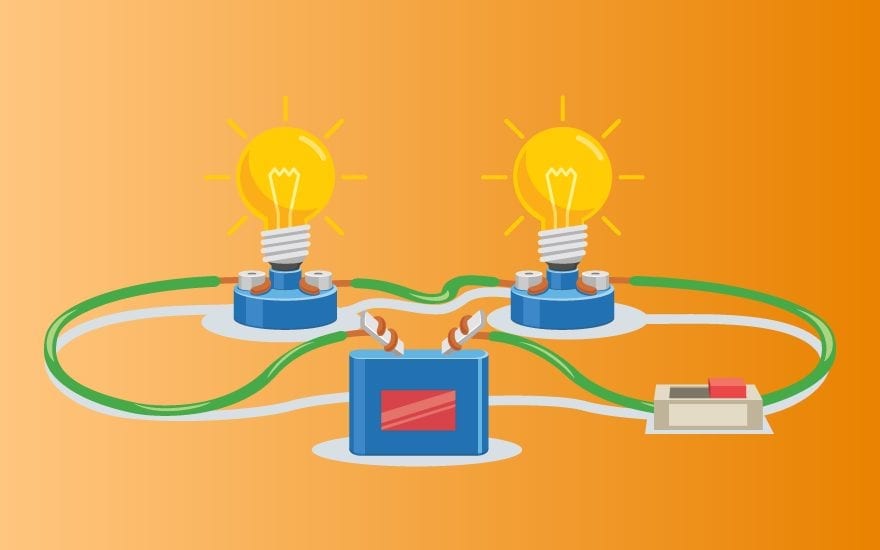
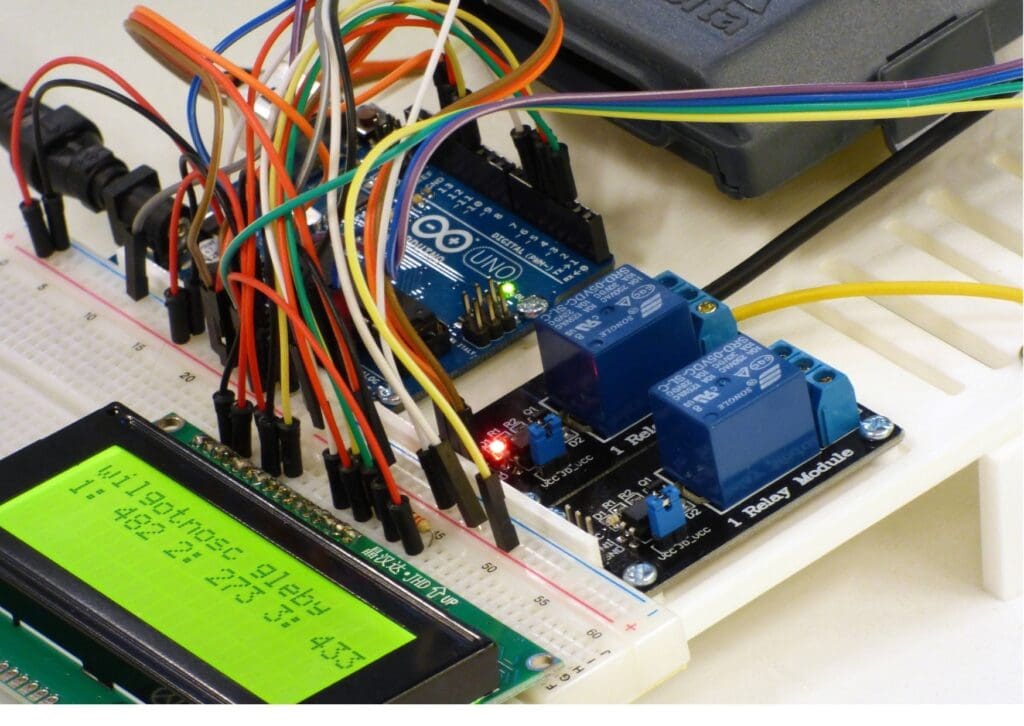
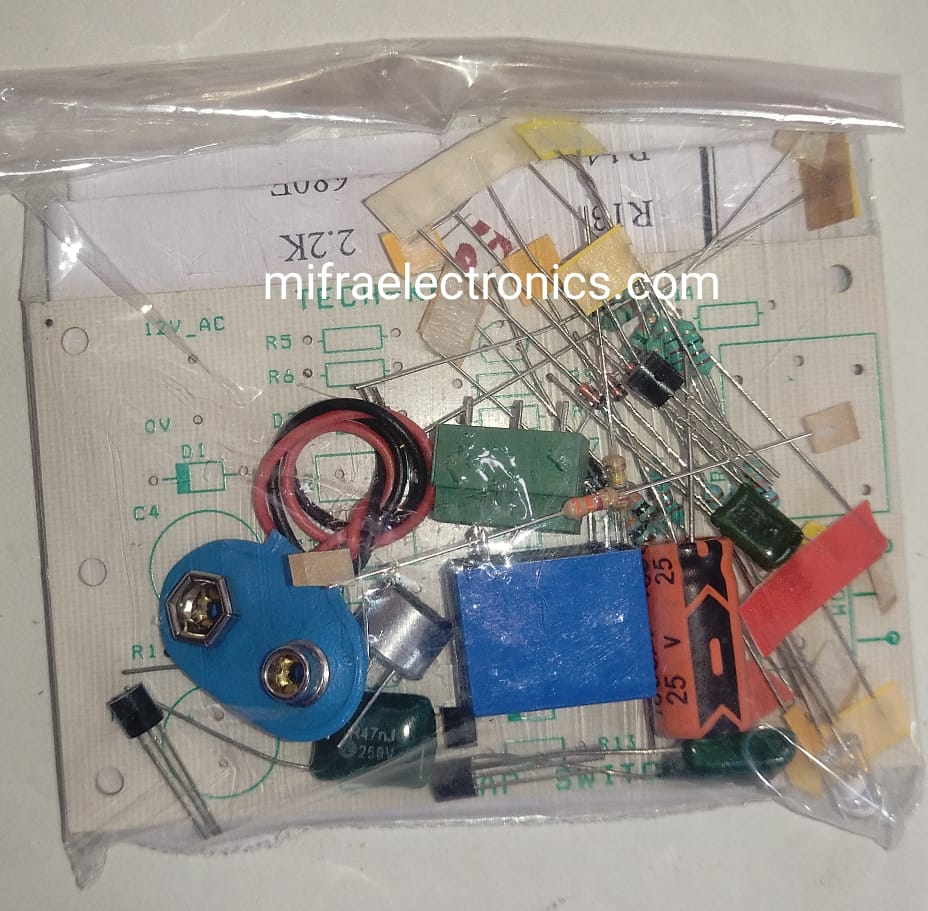
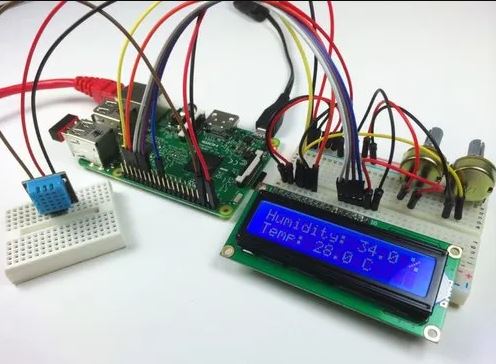
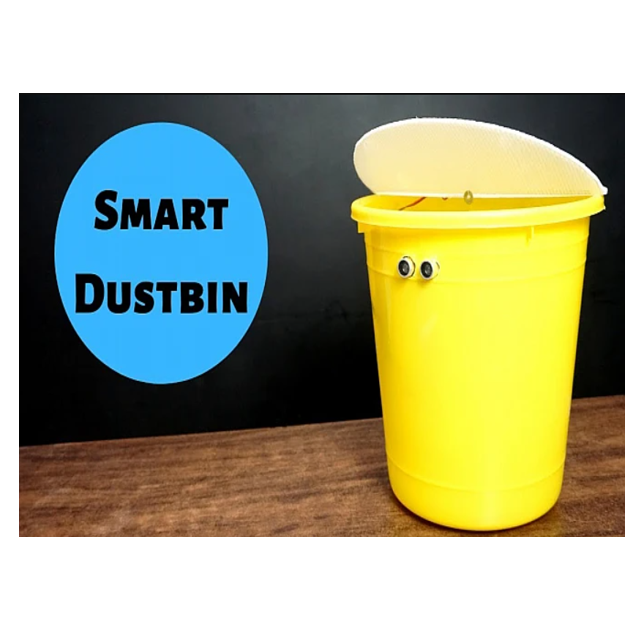
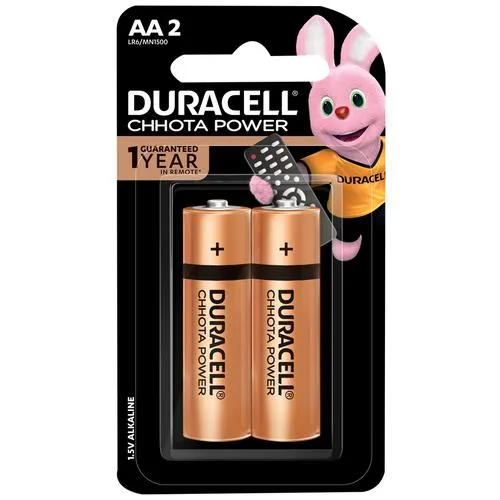
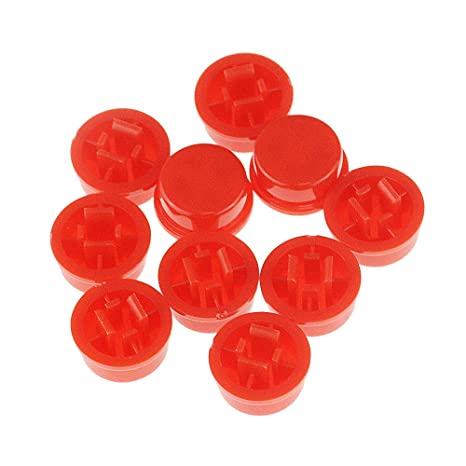
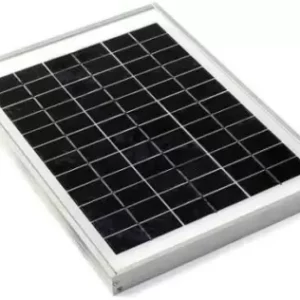
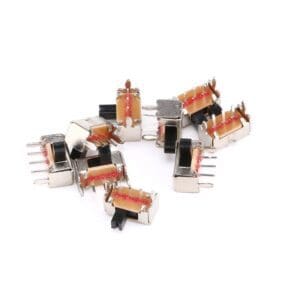
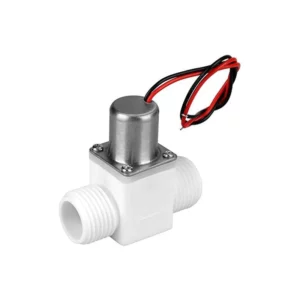
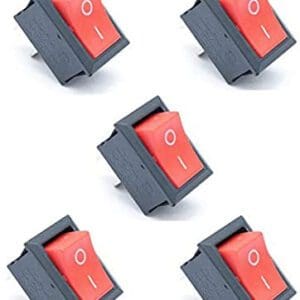
Reviews
There are no reviews yet.